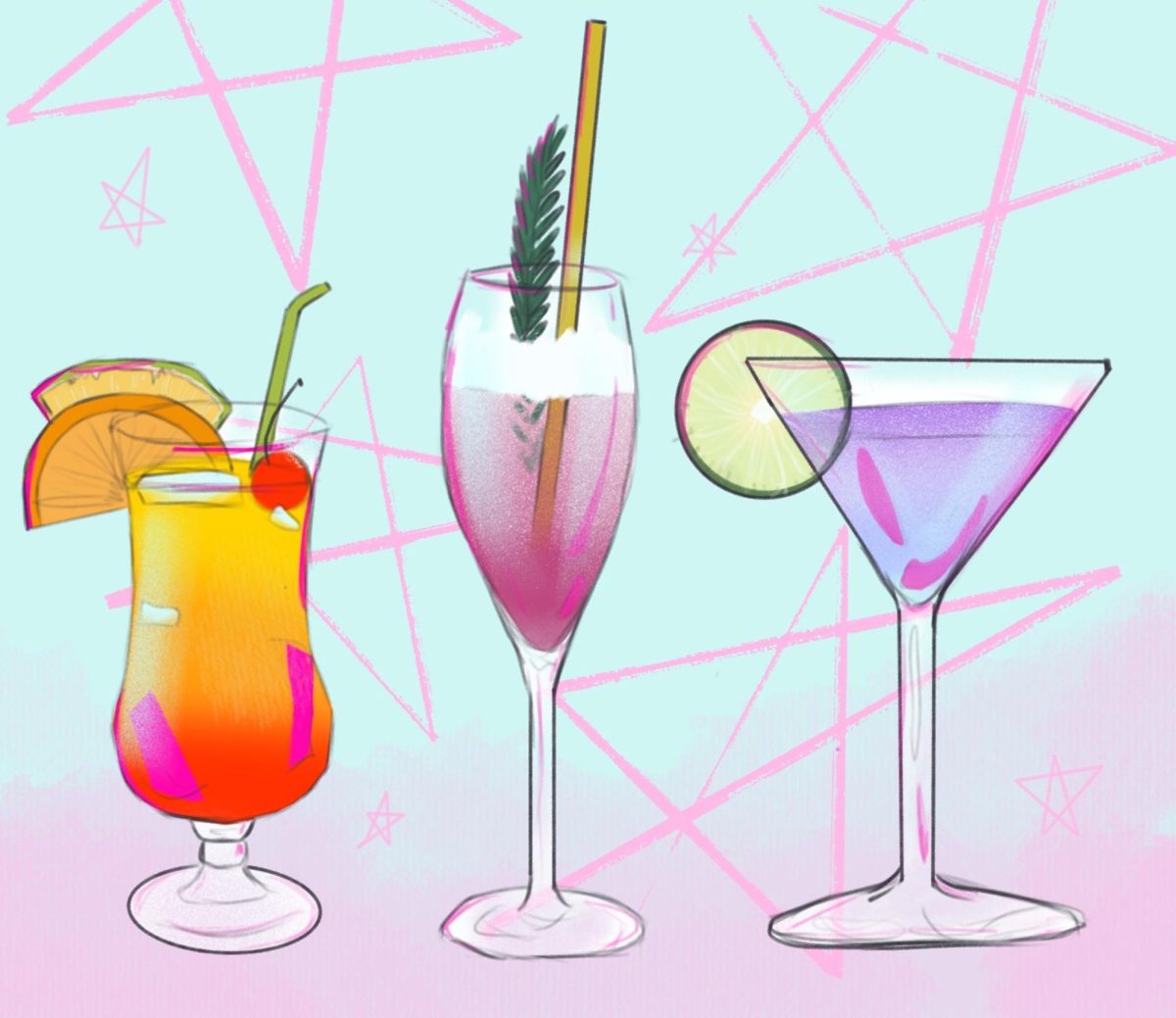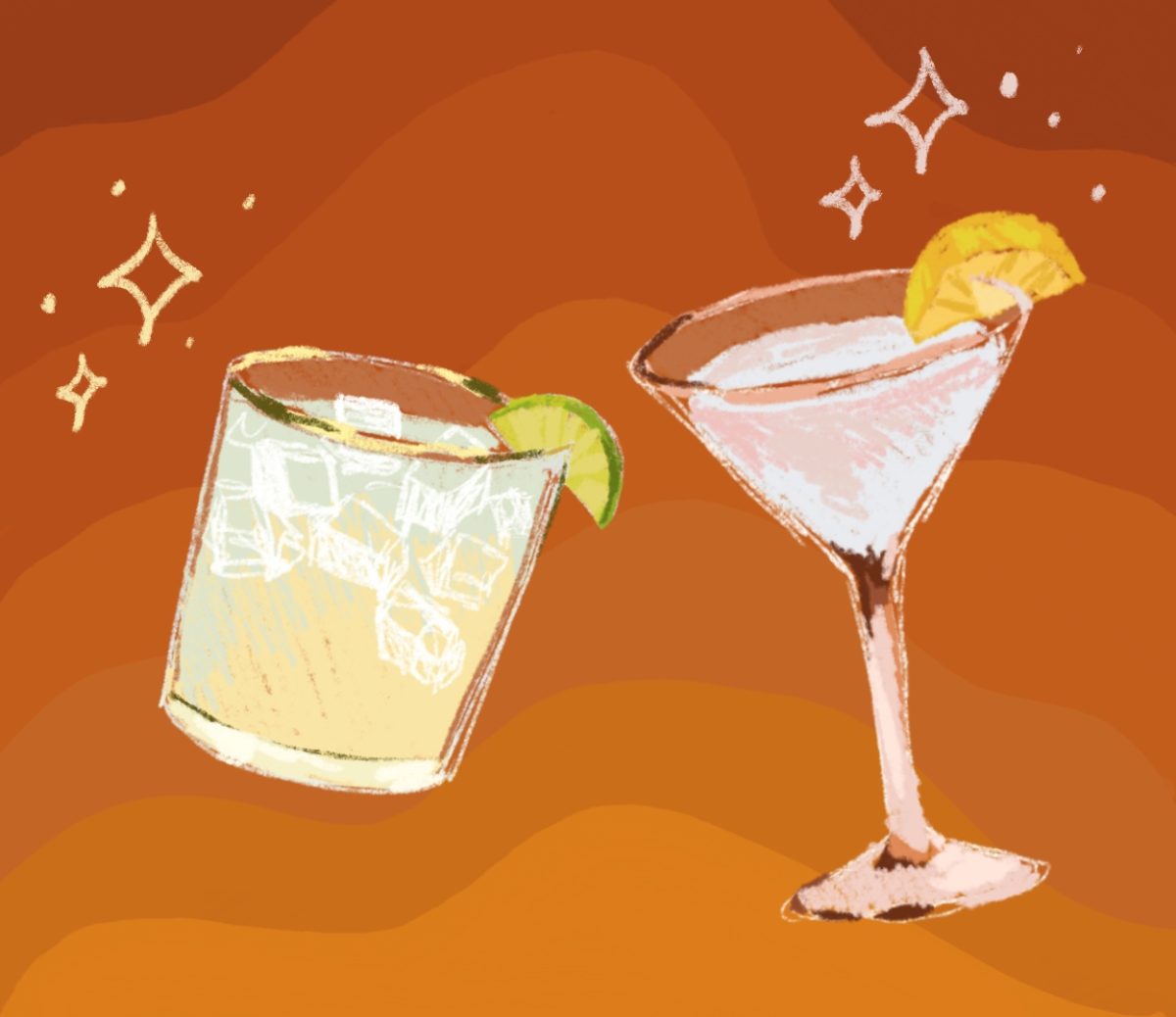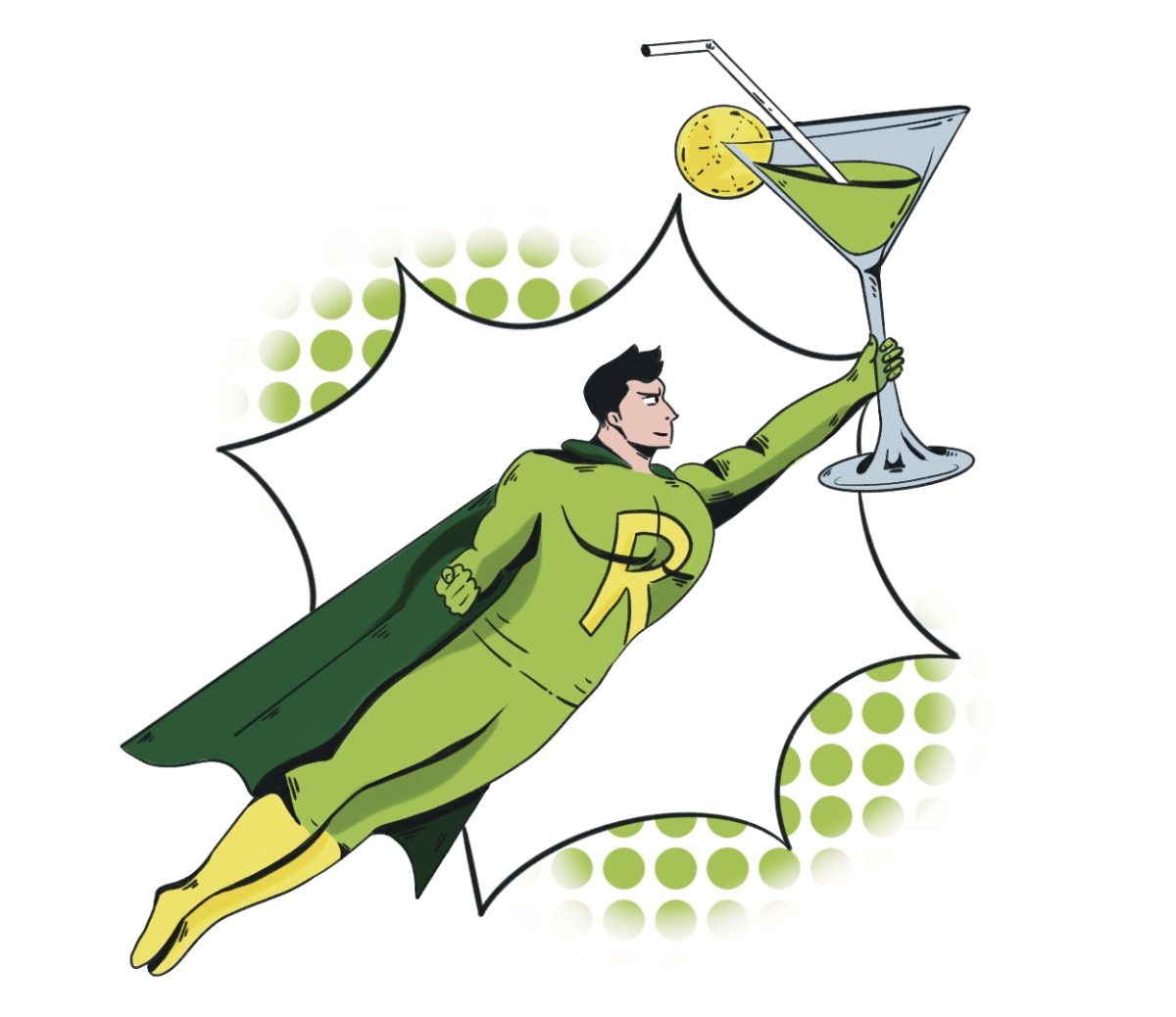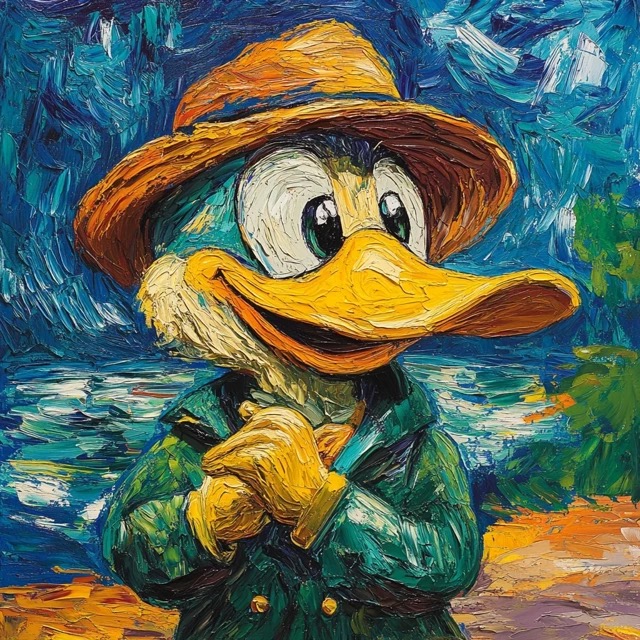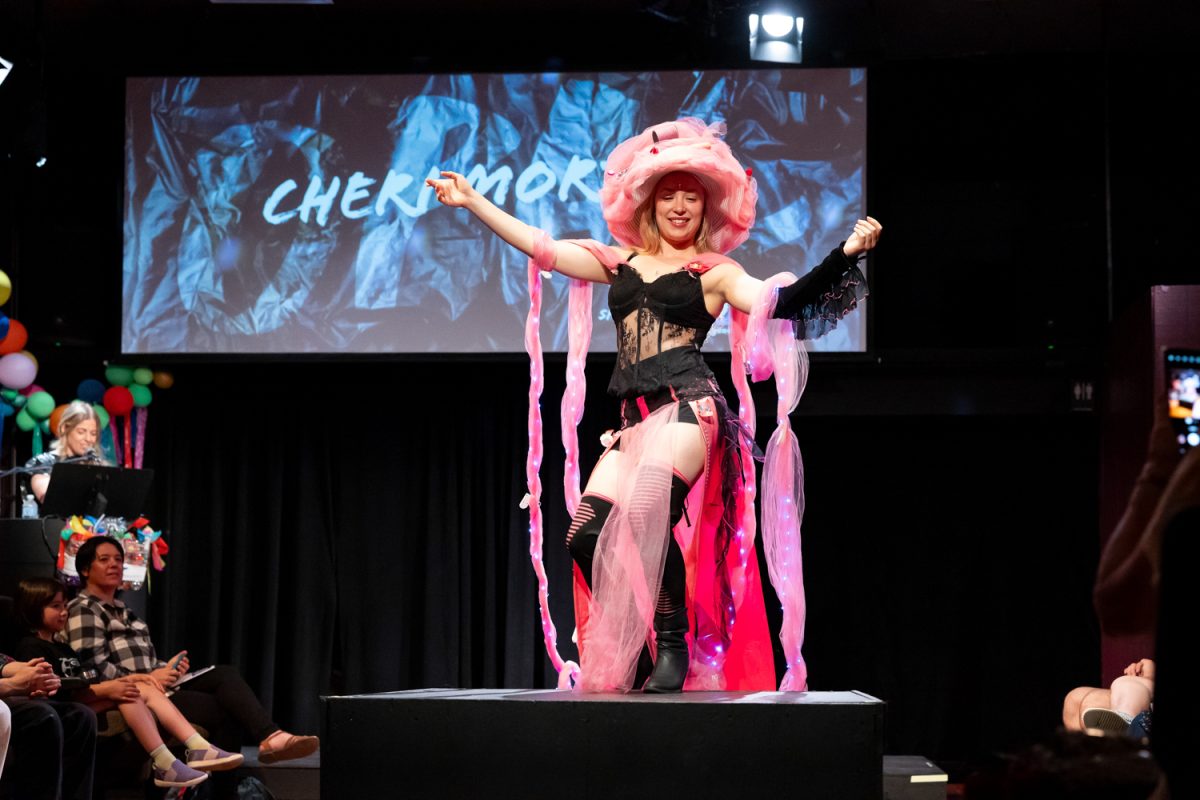What is a “girly drink?” Why are piña coladas, appletinis and other sweet drinks stereotypically associated with women? Why not an old fashioned or a whiskey sour? In “Girly Drinks,” Mallory O’Meara argues that all drinks are girly drinks, owing to the fact that women have been involved in the creation, production and consumption of alcohol throughout history.
“Girly Drinks” is about the history of women and alcohol, starting at the discovery of alcohol via rotten fruit to the development of the term “wine mom” in the 2010s. The book explores the overlooked history of women’s contributions, with each chapter focusing on a different woman, in a different era, in a different part of the world. These diverse perspectives display the nuance that exists between women and alcohol.
Looking at history, the correlation between societies that allow women to drink and societies in which women have more freedom becomes increasingly evident.
Ancient Mesopotamia is where drinking culture began to emerge — women ruled the brewing industry and shaped how alcohol became part of our culture. With the establishment of the Code of Hammurabi in Mesopotamia, the patriarchy was established. As O’Meara put it, “this was the moment. The very beginning of the gendering of alcohol.”
O’Meara has a strong ability to weave humor into her writing, which makes what could otherwise be a less engaging topic quite interesting. With anecdotes from O’Meara among the stories of the notable women the book focuses on, “Girly Drinks” explains that the relationship between women and alcohol isn’t isolated, but instead affects a large part of our culture today.
One example of this is what we imagine when we think of a witch – a tall, pointy hat, riding a broomstick and stirring a cauldron. O’Meara explains that witches are based on alewives, who were women in medieval Europe who sold alcohol out of their homes. Alewives wore tall, pointy hats so customers could easily find them in a crowded marketplace. They brewed their ale in large cauldrons and had ale stakes, which were long sticks with a bundle of twigs at the end that served as a way to indicate a house had a fresh batch of ale..
But how did they become associated with something evil? Well, the church had to compete with alehouses for attendance on Sundays, so the church began to depict alewives in cahoots with the devil who lured godly men to sin.
O’Meara’s message is necessary for any young adult of or on the cusp of drinking age to hear.
Understanding the role alcohol plays in our culture and how it got to be that way is incredibly important; it is arguably the responsibility of drinking age adults to do so. With a drinking culture that so often stereotypes women and dictates what women should drink, knowledge of this long history can help challenge that.
What’s more is that understanding the history of women and alcohol can empower people to challenge the idea that drinking alcohol is a necessary rite of passage/the only way to socialize.
“Girly Drinks” by O’Meara is one of the few books that tell the history of alcohol through the perspective of women. O’Meara tells a compelling story and highlights the achievements of these women, all while reclaiming “girly drinks” and encouraging a nuanced conversation about gender and alcohol. This story is one that is necessary for any young adult who is of or is about to be of drinking age to understand the culture they participate in and where it really started.




